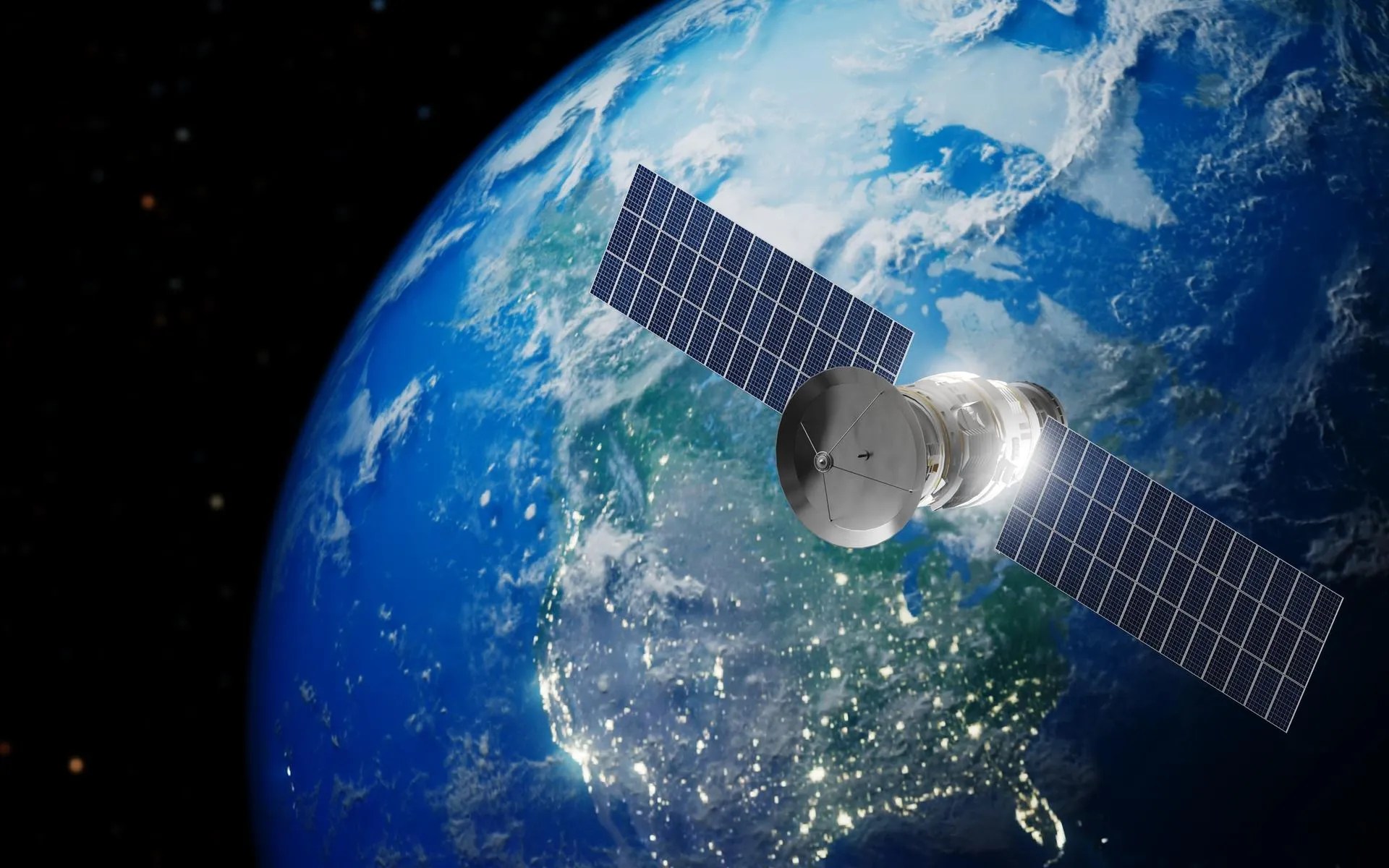AIAA S-122-2007: Electrical Power Systems for Spacecraft

There are currently 11,833 active satellites orbiting Earth. These satellites are used for various purposes, including communication, navigation, weather forecasting/observation, scientific research, and Earth observation. AIAA S-122-2007: Electrical Power Systems for Unmanned Spacecraft outlines design practices and requirements for the electrical power systems of unmanned spacecraft, particularly earth-orbiting satellites using traditional photovoltaic/battery power.
What Is a Satellite?
A satellite is an object that moves around a larger object. Earth is a “natural” satellite because it moves around the sun; the moon is a “natural” satellite because it moves around Earth. “Man-made” satellites refer to machines that are launched into space, flying above Earth’s cloud and air. They orbit Earth or another body in space. Man-made satellites often take pictures of Earth, other planets, the sun, or other objects. These pictures help scientists learn about Earth, the solar system, and the universe and also help monitor the Earth’s environment.
AIAA S-122-2007 focuses on unmanned spacecraft, especially Earth-orbiting satellites, and the standard is designed to assure a robust and reliable power system for space missions.
What Is AIAA S-122?
AIAA S-122-2007 specifies general design practices and sets minimum verification and validation requirements for power systems of unmanned spacecraft. The focus of the standard is on earth orbiting satellites using traditional photovoltaic/battery power, but it does not exclude other primary power generation and storage methods. AIAA S-122-2007, when followed in its entirety, will yield a robust electrical power system (EPS) design suitable for very high-reliability space missions.
This standard does not address specific launch vehicle requirements however much of the design philosophy used here is applicable to launch vehicle power systems.
What Were the First Satellites in Space?
During the 1950s, both the United States and the Soviet Union were engaged in developing satellites as a part of a goal set by the International Council of Scientific Unions, which had called for the launch of satellite technology during late 1957 or 1958. On October 4, 1957, the Soviet Union launched the Earth’s first artificial satellite, Sputnik I; and on January 31st, 1958, the United States launched Explorer 1.
- Sputnik I was the first man-made object to orbit the Earth and took about 98 minutes to orbit the Earth on its elliptical path. It was a small silver sphere with four long antennas that carried scientific instruments and a radio transmitter. Sputnik 1 remained in orbit for about three months, completing approximately 1,440 orbits before its batteries failed.
- Explorer 1 was the first US satellite and carried scientific instruments to study Earth’s magnetic field. It also made a significant discovery of the Earth’s Van Allen radiation belts.
AIAA S-122-2007: Electrical Power Systems for Unmanned Spacecraft is available on the ANSI Webstore.






